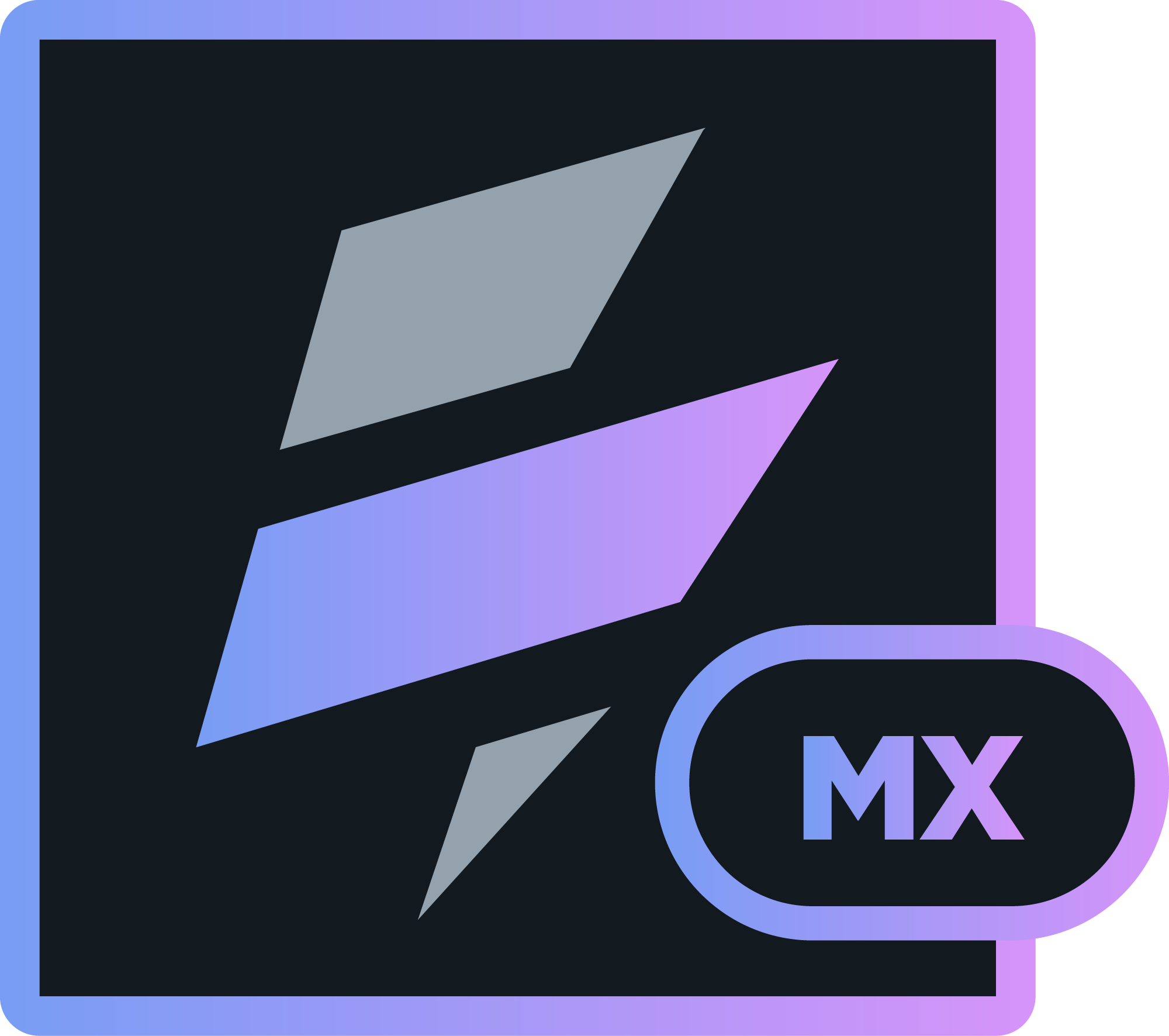
VOLT MX
Case Studies:
Low Code Accelerates Digital Transformation at Major Chemical Company
Agile design iterations for rapid development
Replace “paper” with modern apps
60K Volt MX app users in first year
Challenge:
This major European chemical company wanted to streamline operations through a digital transformation that gave employees the tools and apps they needed to be more efficient.
Solution:
HCL Volt MX was selected because it integrates easily with back-end systems and data and allows apps to be built once and then deployed everywhere.
Results:
This company rolled out 15 low-code apps to 60K users in the first year. Employee participation and feedback — and HCL partnership — was key to this success.
“The HCL Volt MX platform is allowing our team to quickly develop easy-to-use and highly functional apps that our shop workers want to use instead of ‘paper,’ our toughest competitor, to accomplish their work. They are anxious to test each new app and appreciate that they are being asked to provide their feedback on making the apps the best they can be!”
– Digital Transformation Manager European Chemical Company
Jumpstarting Digital Transformation
This large chemical company in Europe has been in business since 1876 and produces many familiar household products. Already a massively successful company, they wanted to make it even better, starting with one branch of their business.
The company’s goal was to streamline its shop floor operations, making them easier, more efficient, and more engaging for the shop workforce to use. And it wanted to use a low-code development platform so the apps could be built, tested, and deployed quickly.
Two years ago, this company embarked on a digital transformation project. It started by forming a small agile development team and kicked-off this project by first exploring what a digital transformation might look like for the shop workers. The team members had some design and development skills gained through university education but no deep IT background. Their fresh approach was to first identify the needs of the workers so that the apps they built would successfully address those needs. They knew that if the workers didn’t want to use the apps, there would be no success. The team reached out repeatedly to work with and change the mindset of the shop workers and open their eyes to a new way of working.
The team was heard saying that “paper,” which the workers have relied on for years to document and track their operations, was the team’s biggest competitor. Apps rather than paper are what the team wanted the workers to reach for first to do their jobs, so it was very important for the apps to be engaging, and fun and easy to use. The apps also needed to facilitate the necessary functions that the 60K workers expected them to when used.
The management team soon determined that it would be more efficient to replace this “paper-based” process of emailing in a form with a web app for conducting health checks and providing guidance to the entire organization that the employees could access from anywhere.
“The key to success for any digital transformation project is to involve the workers/users early on and often and then iterate quickly based you the feedback you receive, and most importantly, be sure to have a low-code platform, like HCL Volt MX, in place to support and help you execute on that plan and vision.”
– Digital Transformation Manager European Chemical Company
Building the Right Solutions
Part of the team’s exploration was to study the digitalization of the supply chain. They looked at the machinery which formed the backbone of their operations and then dug deeper, using algorithms to extract data from the machinery and procedures to gain intelligence about process workflow. But then the team realized something was missing, so they began to combine this intelligence from their machinery study with usage information from the workers, which is exactly the mission and why the project was formed originally, to combine machinery data from their study and human, real usage, input!
In preparation for the design phase, the team evaluated several low-code app development solutions in the market and chose HCL Volt MX for a variety of reasons — its flexibility on deployment, ability to integrate with other apps/systems/data, and it’s low-cost compared to other low-code platform. And, perhaps most importantly, the incredible support and teamwork that was offered by HCL at the start and carried out throughout the project. HCL was quick to help when the company needed new app components that weren’t “in the box” and do co-development work to build those components out for repeatable use. Because of this relationship with HCL, the team could move fast and start to see results almost immediately.
They began to design and develop initial versions of the apps to quickly test basic concepts and get early input from the users. Armed with that knowledge they then did fast iterations on the apps to build out more functionality, bringing the workers with them every step of the way to provide feedback and giving them the opportunity to see reports. In fact, the workers appreciated being asked for their input so much that they soon began to line up to volunteer and test at each iteration.
Once apps were deemed ready for broader use they were rolled out to the other factories, accessible by shareable iPads. This is helping grow awareness and adoption and spread the word about the apps to a global workforce of 60,000.
The company now has more than 15 apps in various stages of development — design, development, and in-use — where it gets an end-to-end perspective on app usage and overall adoption. The company’s mandate is to keep an eye on opportunities for continuous improvement, especially with respect to quality and safety. And Volt MX platform supports this goal perfectly by allowing for a quick, agile cycle to fix/test/deploy as issues arise.
The positive impact from the Volt MX digital applications is being recognized by other departments, from the shop worker to the top-level executive management team.
Laying a Foundation for Future Growth
A lot has been accomplished in just year one! There was exponential growth of devices using the company’s Volt MX apps, going from 10 apps with 7 users on a couple of devices globally to 15 apps with 60K users on all the 500 shared iPad devices.
It is impressive to see how the digital transformation has taken hold in this part of the company’s business and will serve as a proof-point of digital transformation success for the other branches. The company anticipates continued growth as it transforms to a new, digital way of working — and with the HCL Volt MX platform there to help along the way.
About the Company
This large chemical firm in Europe has been in business since 1876 and produces many familiar household products in their three successful business branches.
HAVE A QUESTION?
We have a dedicated team of subject matter experts on hand to help you







